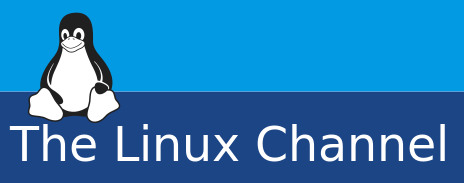Tutorials :: The Linux Channel
Select a video series topic:
Tutorials :: Network Software Development
Saturday' 13-Mar-2021
Saturday' 13-Mar-2021
Saturday' 13-Mar-2021
Saturday' 01-Jan-2022
Saturday' 13-Mar-2021
Saturday' 28-Oct-2023
Saturday' 13-Mar-2021
Saturday' 13-Mar-2021
Saturday' 13-Mar-2021

Join The Linux Channel :: Facebook Group ↗
Visit The Linux Channel :: on Youtube ↗
💗 Help shape the future: Sponsor/Donate
Recommended Topics:
Featured Video:
Trending Video:
Saturday' 13-Mar-2021
Recommended Video:















